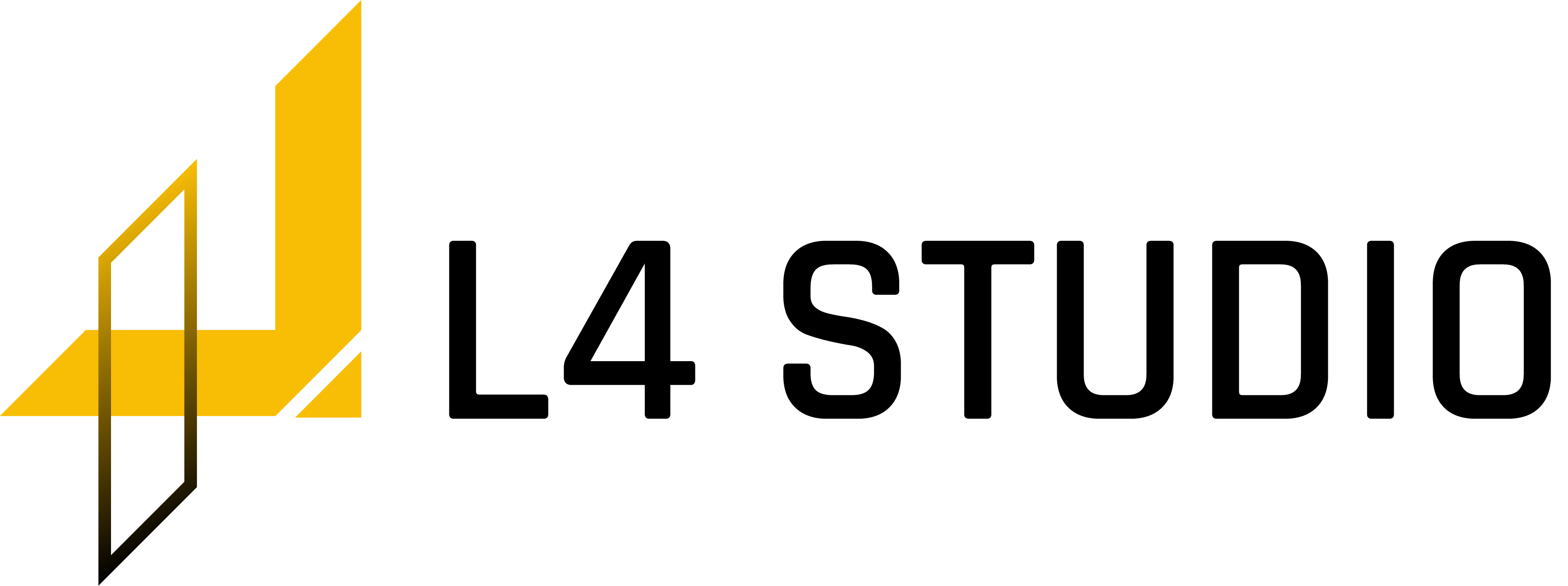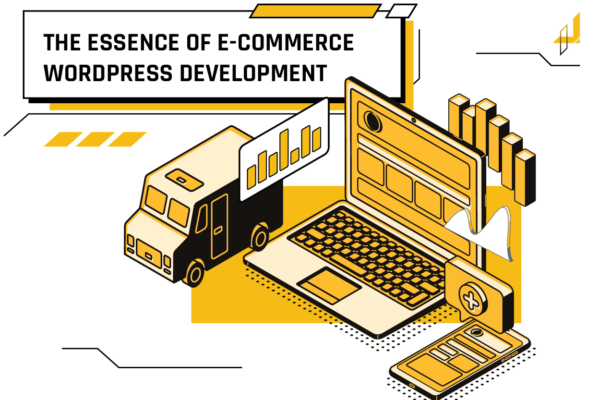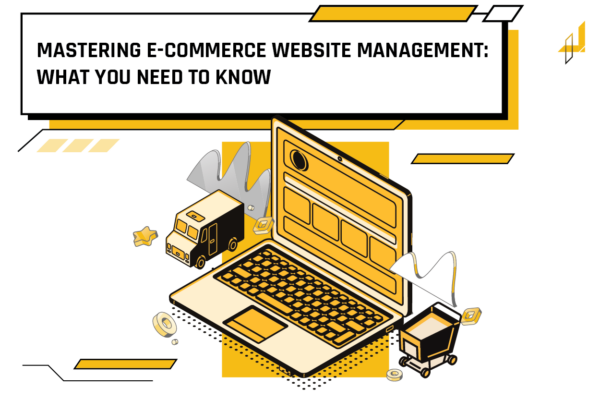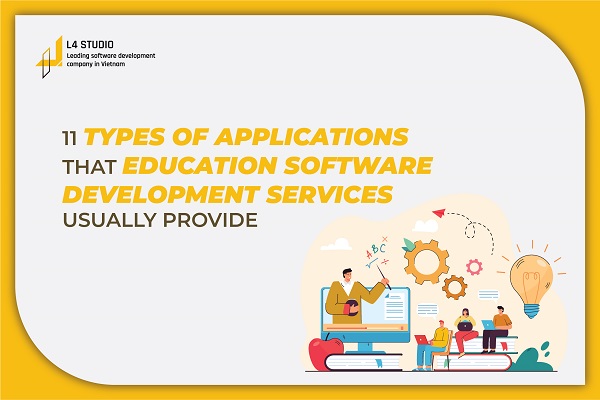
11 Types of applications that education software development services usually provide
Software designed primarily for teaching or self-learning is referred to as education software. Since the early 1940s, computer hardware and software have been used in education and training. Nowadays, with the internet booming, more and more education companies are using education software development services not to be left behind by their competitor.
An essential teaching tool for teachers to use in their lessons is online education software. The use of these systems in classrooms has improved student and teacher performance alike. For a variety of subjects, there is a wide range of educational software available. For students and teachers to use as a teaching and learning tool, education software development services in Ho Chi Minh have started to produce educational apps. The types of educational software that an educational institution must use are as follows.
1. Graphic software
Students could use graphic design software to record, create, and modify images on the internet, in the program itself, or available online. Creating online presentations is especially helpful. Graphics software is an effective educational tool because it enables students to construct visual representations of difficult concepts and ideas.

Figure 1. Graphic software help student learn more efficiently and fun
2. Teacher authoring system
A teacher authoring system is a software program or platform that enables educators. Team author system development service develops and distributes its own educational content, such as lesson plans, quizzes, and other learning resources. These systems often offer tools and features that enable teachers to tailor their curriculum to the requirements and learning styles of their pupils.
This supports instructors in creating their own educational software. To teach kids specific concepts, they could create electronic flashcards out of index cards. Additionally, they could create multimedia content like tutorials, reviews, and lessons. Even web alternatives might be worth thinking about because web authoring tools assist educators in creating multimedia content that can be used on websites.
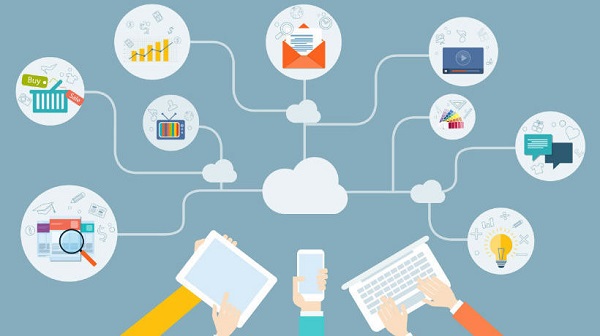
Figure 2. Teacher authoring software
The adoption of teacher authoring systems can offer a variety of advantages for both instructors and students. These platforms can help teachers generate and distribute high-quality educational resources. They can also save time and effort by allowing teachers to reuse and alter current resources rather than beginning from scratch.
For students, teacher authoring systems can give access to a broader selection of instructional resources, including items that are particularly created to fit their individual learning requirements. They can also facilitate more dynamic and engaging learning experiences by including multimedia-rich material and interactive elements such as quizzes and evaluations.
3. Social publishing software
Development service desktop publishing software is used to design newsletters, handouts, and flyers. Teachers could use the software to keep students and parents up to date on school activities and events. Because using desktop publishing software is a required skill for new graduates, high schools are now teaching students how to use desktop publishing suites such as Adobe Create Suite and Microsoft Office.
4. Additional reference software
Education software development services in Ho Chi Minh can create reference software that could be included in research projects by teachers. Students can use reference software to access thesaurus, encyclopedias, atlases, and dictionaries.
5. Tutorial software for student
Tutorial software for students is an educational sequence on a topic that is comparable to what the instructor instructs in the classroom. Tutorials are intended to be utilized as a self-contained additional teaching resource.
- Linear tutorials provide the same lecture, practice, and feedback sequence to all learners.
- Branching Tutorial: gives more complicated instructions that drive learners along their own particular route based on whether they answer the question correctly or incorrectly.
The advantages of tutorial software for student development service include user control, suitable pedagogy, enough feedback responding to user reactions, and record keeping.
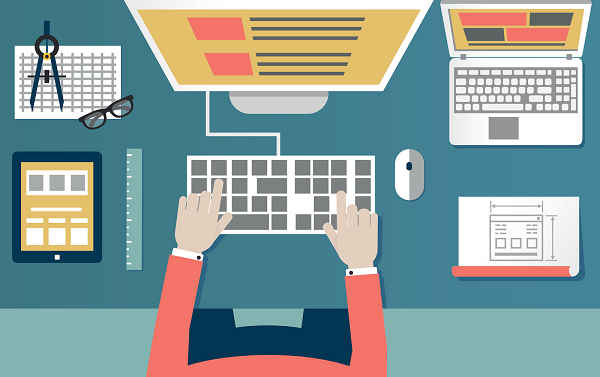
Figure 3. Tutorial software help student know how their performance
Teachers could use tutorial software that education software development services provide to teach students new lessons and provide them with a platform to learn at their own pace. Giving students new information to learn, giving them time to practice it, and evaluating their performance is what tutorial software is all about.
6. Games for educational purposes
Through education software development services in Vietnam, an assortment of learning-oriented gaming software has been crafted to excite younger children. This amalgamation of gaming and education encourages youngsters to become engaged with their studies.
7. Simulations world
Simulation software development services typically involve creating software programs that enable users to simulate or model real-world scenarios or systems. These systems can range from physical systems such as machinery, vehicles, or buildings to abstract systems such as financial models or computer networks.
Educational simulation is a training approach that assesses participants’ knowledge and ability levels by placing them in circumstances where they must actively solve challenges. The criteria are defined by the teacher in order to establish a safe atmosphere for hands-on learning activities.
When taking part in a scenario, students must rapidly assess the situation, decide on the best course of action, and follow the right procedural steps. Instructors may then assess if pupils grasp the topic and are applying what they have learnt.

Figure 4. Simulations in education
8. Drill and practice software
Drill and practice software allows students to work on problems or examples one at a time while receiving feedback on their performance. Drill and practice software is used to learn new knowledge or to review existing content. Flash card activities, branching drills, and detailed feedback activities are the three types of drill and practice software.
- Flash card activities: the student chooses and answers a question, and the application provides feedback.
- Branching drills: they are more complicated, and the following question is determined by whether or not the previous question was successfully answered.
- Detailed feedback: students will receive feedback on why their response was incorrect, which is frequently misinterpreted as a lesson because the feedback can be quite extensive.
Drill and practice activities have the advantage of providing students with immediate feedback to aid in the learning process, saving teachers time on grading these practice activities, motivating students, and many of the programs are smartphone friendly, allowing students to access the activities wherever they want if they have a smartphone.
Teachers could include drill and practice software to help students improve their current skill set. This software can help teachers prepare their students for tests and exams.
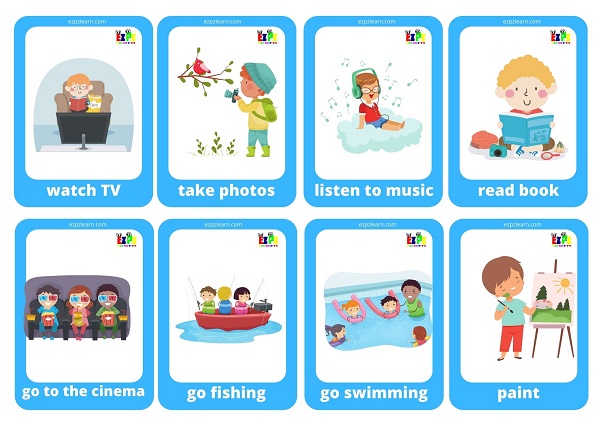
Figure 5. Flashcard activities
9. Software for solving math problems
Mathematical software development services are typically designed to handle a variety of mathematical tasks, including algebra, geometry, calculus, statistics, and more. Mathematical software can be used for educational purposes, research, and professional applications.
They often include features such as step-by-step solutions, graphing tools, and problem-solving strategies to help users understand and solve math problems.
10. Other utility software
A utility software program assists teachers in the creation of quizzes, and tests, and even serves as a grading book. Non-tech teachers would find this software simple to learn and use.
11. Software for people with disabilities
a. A overview of software for people with disabilities
Online education software also includes special software designed to meet the needs of a student with special needs. The system is combined with assistive software to provide an effective learning platform for students with special needs.
Software for people with disabilities refers to computer programs that are specifically designed to meet the needs of individuals with disabilities. Such software aims to increase accessibility and usability for people with different types of disabilities, including visual, auditory, physical, cognitive, and learning disabilities.
b. Some software supports people with disabilities today.
- Text-to-Speech Program
Text-to-speech (TTS) technology is merely a fascinating innovation for some people. It allows them to listen to a magazine article on the go or hear a text message when they don’t have time to read. TTS, on the other hand, is a key tool for connecting with the text and information for persons with blindness, visual impairments, and specific literacy or reading issues.
- Augmentative and alternative communication
AAC refers to assistive technology that aids persons with developmental and speech challenges such as Down syndrome, brain damage, stroke, and other disorders. These gadgets enable these people to communicate without utilizing vocal speech.
AAC includes non-technological methods such as manual signals, drawings, and finger spelling. But software and hardware may also supplement the practices, allowing people to convey their ideas, wants, and thoughts without using speech.
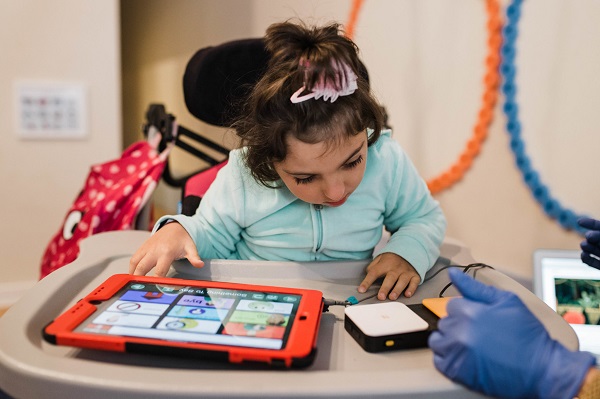
Figure 6. AAC education software
- Voice Assistants
We’ve all heard of voice-assist devices like Amazon Echo, Google Home, and Siri. Every day, technology improves the lives of people all around the world by assisting us with chores such as shopping, entertainment, weather forecasts, news updates, and much more.
While not precisely a tool for persons with impairments, vocal aid has various applications and benefits for these folks, allowing them to perform a wide range of duties and activities using just their vices. They can now, thanks to technological advancements,:
+ Purchases should be made.
+ Make phone calls
+ Set timers
+ Adjust the lights and the temperature.
+ Get news updates
+ Text messages should be sent.
All of this may be done without lifting a finger, benefiting persons with mobility issues and other problems.
Conclusion
Education software is now a part of a school’s identity because it can perform all of the associated tasks. To enhance the experience and results for students, using education software development services in Vietnam is a good investment.
Sources: Internet
——————————
L4 STUDIO – LEADING SOFTWARE DEVELOPMENT COMPANY IN VIETNAM
Website: https://l4studio.net/
Email: hi@l4studio.net
Phone: (+84) 28 6675 6685
Our Education Software Development Services: https://l4studio.net/education-software-development-services/
For more interesting blogs: https://l4studio.net/it-knowledge/
Follow us at: https://www.facebook.com/L4Studiovn/
Read more: FINTECH SOFTWARE DEVELOPMENT SERVICES – EVERYTHING YOU NEED TO KNOW
